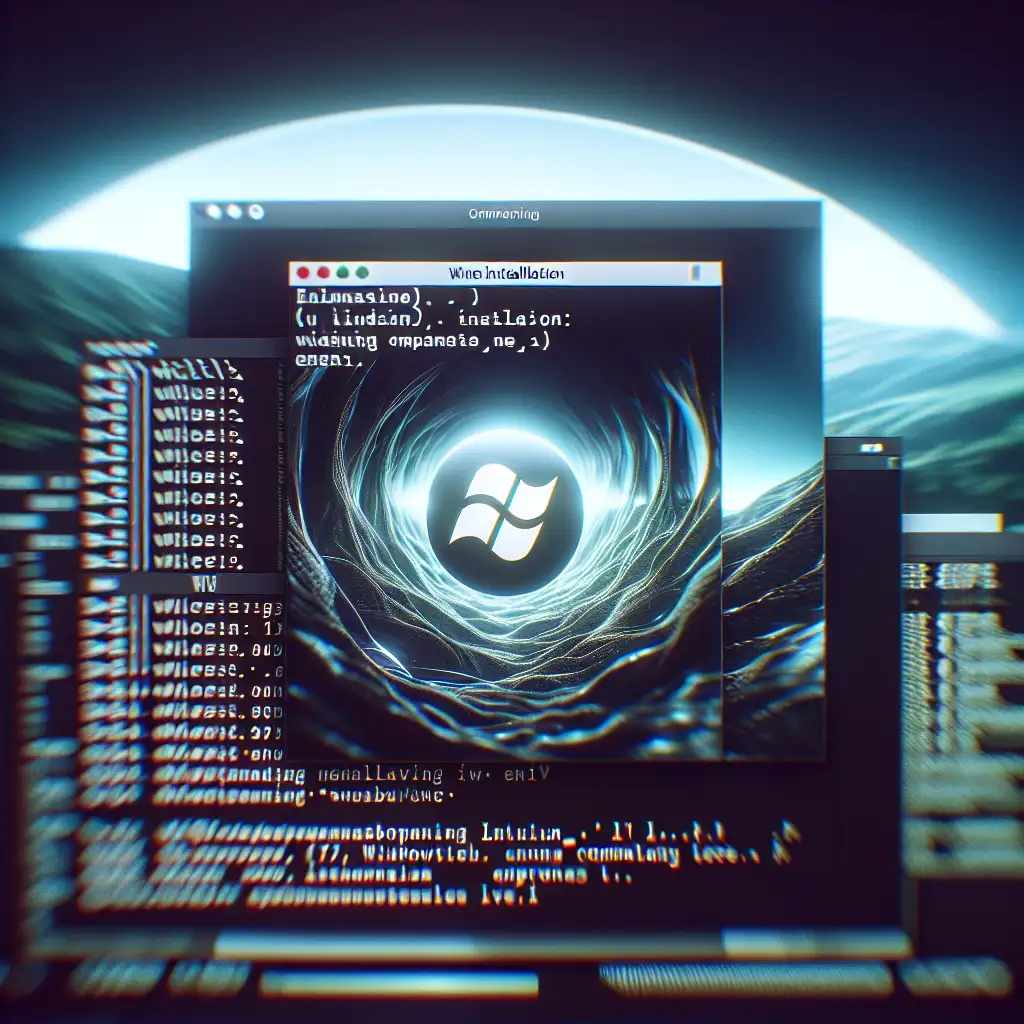Wine on Linux: Reliable Setup for Running Windows Applications
Running Windows-only software on Linux isn’t just a gaming concern—enterprise users frequently encounter line-of-business apps or legacy toolchains with no native Linux counterpart. Virtual machines or emulators introduce substantial overhead and complexity. For direct integration, Wine (Wine Is Not an Emulator) remains the preferred compatibility layer, enabling select Windows applications to execute natively within Linux user space.
Correct setup isn’t trivial. A haphazard install often leads to erratic performance and subtle incompatibilities. The following workflow addresses the pitfalls—prioritizing isolation, repeatability, and up-to-date support.
1. System Preparation
Always begin by ensuring your system environment is current. Dependency mismatches account for the majority of Wine setup failures.
sudo apt update && sudo apt full-upgrade -y
Substitute dnf update or pacman -Syu as appropriate for Fedora or Arch.
On Debian/Ubuntu, explicit multiarch configuration is critical for running legacy (32-bit) Windows binaries:
sudo dpkg --add-architecture i386
sudo apt update
Gotcha: Neglecting this step typically yields “Unable to locate package wine32” or unresolved 32-bit library errors during installation.
2. Baseline Dependency Installation
Install the minimal supported Wine packages. For Ubuntu 22.04 LTS (Jammy) as baseline:
sudo apt install --install-recommends wine64 wine32 winetricks -y
wine64,wine32: Core runtime for both 64-bit and 32-bit Windows binaries.winetricks: Utility for DLL overrides, runtime support (critical for complex apps).
Note: Distribution repositories often lag; if you need the latest release series (currently Wine 9.0 as of June 2024), continue to the next step.
3. Official WineHQ Repository (for Latest Builds)
Canonical repos may trail behind upstream, sometimes by several minor versions—skipping critical bugfixes or compatibility improvements.
Add the latest WineHQ repository:
-
Import GPG key:
wget -nc https://dl.winehq.org/wine-builds/winehq.key sudo apt-key add winehq.key -
Add repository for Ubuntu 22.04 (adjust
jammyif you’re on a different series):sudo add-apt-repository 'deb https://dl.winehq.org/wine-builds/ubuntu/ jammy main' sudo apt update -
Install stable Wine release:
sudo apt install --install-recommends winehq-stable -y
Known issue: Multiple Wine versions are available (-stable, -development, -staging). For automated deployment, pin explicit versions in your scripts or provisioning tools.
Verify installation:
wine --version
# Output: wine-9.0 (or matching installed version)
On Fedora/Arch, refer to WineHQ Downloads.
4. Initial Wine Runtime Setup
First run triggers Wine’s internal prefix creation and base configuration.
winecfg
- Generates initial
~/.wineprefix (analogous toC:\). - Default Windows version is frequently set to Windows 7; update to Windows 10 or 11 in the Applications tab for best compatibility with modern apps.
Practical note: Disable “Allow the window manager to decorate the windows” under the Graphics tab if you encounter rendering glitches with certain applications.
5. Isolated Wine Prefixes for Application Separation
A real-world Wine deployment rarely uses a single global prefix. Isolate per-application environments to avoid conflicting DLL overrides or registry settings.
Sample: Isolate for a legacy accounting app
export WINEPREFIX=~/wineprefixes/accounting
winecfg
- Installs a separate prefix at
~/wineprefixes/accounting. - Always launch/apply winetricks with explicit
WINEPREFIXset.
Trade-off: Multiple prefixes increase disk usage but substantially reduce cross-application interference.
6. Application Installation: Practical Example (Notepad++)
Consider Notepad++ (v8.6.4) as a validation target. Download official installer from Notepad++ Downloads.
From terminal:
wine ~/Downloads/npp.8.6.4.Installer.exe
If successful, the application will appear in ~/.wine/drive_c/Program Files/Notepad++/notepad++.exe.
Simple desktop entry for KDE/GNOME:
[Desktop Entry]
Type=Application
Name=Notepad++
Exec=wine ~/.wine/drive_c/Program\ Files/Notepad++/notepad++.exe
Icon=notepadpp
Terminal=false
Categories=Utility;
Place file in ~/.local/share/applications/.
7. Fine-Tuning and Non-Obvious Compatibility Adjustments
Some commercial applications refuse to start, citing missing DLLs or unimplemented Windows APIs. Winetricks can supply common components:
winetricks corefonts vcrun2019 dotnet48
vcrun2019: Visual C++ redistributables, often required for newer apps.dotnet48: .NET 4.8, sometimes unstable—expect to repeat installation in a fresh prefix.corefonts: MS TrueType fonts for improved text rendering.
To force an app to behave as if running on Windows 10:
winetricks win10
Known issue: Some Winetricks verbs silently fail; check logs under ~/.cache/winetricks/ or run with WINEDEBUG=+loaddll for DLL resolution problems.
8. Debugging and Real-World Errors
Wine emits low-level logs which are indispensable for diagnosing startup failures:
WINEDEBUG=+relay,+seh,+loaddll wine 'C:\Program Files\App\app.exe' &> wine-debug.log
Search for lines like:
err:module:import_dll Library MSVCP140.dll (which is needed by L"C:\\Program Files\\App\\app.exe") not found
Fix: Install required libraries via Winetricks or copy DLLs into the application directory.
Side note: Some commercial apps enforce digital signature checks on DLLs—manual overrides can break licensing validation.
9. Unattended Installs and Automation
For reproducibility in CI or deployment scripts, install Wine and configure prefixes non-interactively:
env DEBIAN_FRONTEND=noninteractive sudo apt install winehq-stable -y
WINEPREFIX=~/wineprefixes/test wineboot --init
winetricks -q corefonts vcrun2019
Test idempotency: rerun the above to ensure no residual state produces failures.
Summary
Wine’s power is fully realized with attention to isolation, versioning, and targeted runtime adjustments. Always start with clean prefixes, prefer upstream packages where stability is essential, and leverage Winetricks for known compatibility gaps. Don’t expect perfection—some applications remain stubbornly incompatible—but most day-to-day tools and many legacy line-of-business apps can be made to run reliably this way.
For edge cases, monitor WineHQ AppDB and upstream bug trackers. In production-like environments, document and script your prefix setups to ensure consistent, repeatable application behavior.
Observation: Despite decades of development, some graphical glitches and printing issues persist—especially with deeply integrated Windows software. Evaluate alternatives (cross-platform replacements, containers, VMs) where feasible.
#Linux #Wine #Compatibility #DevOps
